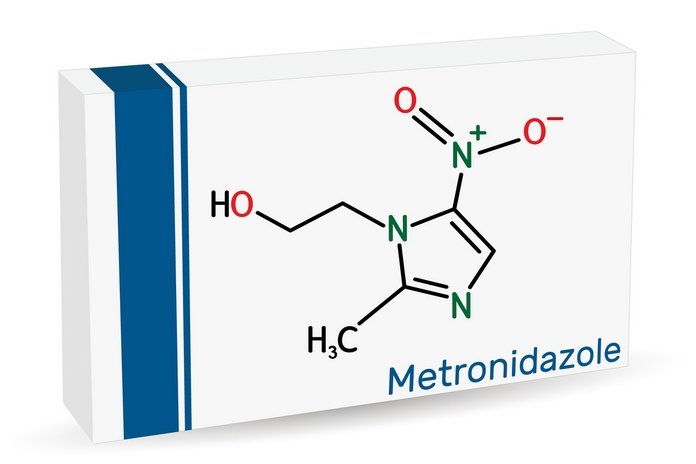Medications of Rosacea

Medication
New medications of Rosacea have been developed in current years. The kind of medication your doctor recommends relies on which symptoms and signs you are experiencing. You might require to try various options or drug combinations to look for a treatment that is good for you. Prescription of drugs for Rosacea consists of:
- Topical drugs that lower flushing
For mild to normal Rosacea, your healthcare provider might recommend a gel or cream that you apply to the affected area. oxymetazoline (Rhofade) and Brimonidine (Mirvaso) lower flushing by choking blood vessels. You might check the results within 12 hours after being used. The effect on the blood vessels is not permanent, so the medication requires to be applied on daily basis to maintain improvements.
Therefore, other topical products aid in controlling the pimple of low Rosacea. These drugs consist of metronidazole (Noritate, Metrogel, others) azelaic acid (Finacea, Azelex), and ivermectin (Soolantra). With metronidazole and azelaic acid noticeable enhancement normally does not occur for almost two to six weeks. Ivermectin might take more time to cure skin, but it occurs in a longer suspension than does metronidazole.
- Oral acne drug
If you are having severe Rosacea that does not acknowledge other therapies, your healthcare provider might recommend isotretinoin (Claravis, Amnesteem, and others). It is a strong oral acne drug that also aids in clearing up acne-like lesions of Rosacea. Do not utilize this drug while pregnancy as it might lead to severe birth defects.
- Oral antibiotics
Your doctor might recommend an oral antibiotic like doxycycline (Oracea and others) for normal to serious Rosacea with pimples and bumps.
- Antibiotics
However, oral antibiotics might have anti-inflammatory effects. They need to provide fast results in comparison to topical ones. Examples consist of minocycline, tetracycline, and erythromycin. Tetracycline is antibiotic that might be beneficial with the symptoms of eyes. Doxycycline aids in improving blurred vision, dryness, sensitivity to light, and itching in people having ocular Rosacea.
- Eye drops
Eye drops might relieve the symptoms of the eye that appear in ocular Rosacea. For instance, a healthcare provider might prescribe a kind of steroid eye drop known as blephamide. They might recommend this for some days to a week, follows by a tapered or break use.
- Isotretinoin
Isotretinoin (Accutane) is an oral medicine that individuals use in serious cases of Rosacea (if other treatments are not working). This is a strong drug that stops the skin from making oil. The side effects might be serious. This drug is not helpful for individuals having erythematotelangiectatic Rosacea.
Topical prescription medications
These might be beneficial in reducing flushing and redness to cure pimples associated with Rosacea, relying on the medicine you select. To lower flushing and redness, we have Rhofade and Mirvaso:
- Rohofade: The FDA approves Rhofade in 2017, as a medical treatment for redness on the face relating to Rosacea. Rhofade reduces redness and does not have many side effects, but just like Mirvso, it might also be expensive and is rarely covered by plans of insurance. (11)
